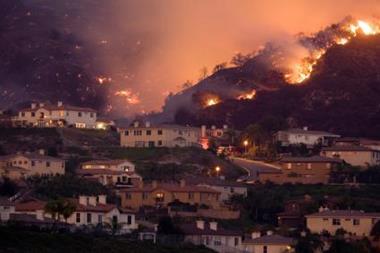The RMS Account Fire Model is aimed at primary commercial and specialty insurers and reinsurers
Risk Management Solutions (RMS) has announced the launch of the first ever probabilistic model to enhance the way account underwriters quantify and manage exposure to fire risk.
The RMS Account Fire Model is aimed at primary commercial and specialty insurers and reinsurers.
“Traditionally, fire risk underwriting has been based on limited exposure data and subjective analysis,” commented Craig Van Anne, vice president at RMS. “As a decision-making tool to support the commercial underwriting process, the Account Fire Model brings consistency and transparency to the process of calculating fire premiums and selecting risks. By having comprehensive data on the properties within an account, underwriters can be more confident about assessing the profitability of the business they take on.”
Fire represents approximately 60-70% of the ‘all risk’ premium paid to an insurer for a typical property account. By helping to improve risk selection and pricing, the Account Fire Model can deliver substantial gains to the bottom line.
To assess the risk, the model simulates the behavior of a fire as it spreads through a building’s open doors and breached firewalls, and actively demonstrates the effect of sprinkler systems in helping to contain damage. The impact of fire department activity is then modeled by simulating response and control times based on actual US fire incident statistics.
Together with an advanced analysis of fire hazard and suppression, the Account Fire Model provides an engineering assessment of the vulnerability of buildings, contents, and business interruption to fire. It is the first dynamic risk model that provides account underwriting risk metrics that are consistent with those used for managing insurance portfolio exposures.
“There was a serious gap in the market for a tool to model fire risk,” said Van Anne. “We worked closely with selected clients throughout the development of the model to ensure it has the complex functionality they require, and to assess it against their experience of underwriting fire risk. The next stage will be to incorporate the model into clients’ existing systems, so it becomes a seamless part of the underwriting process.”



















